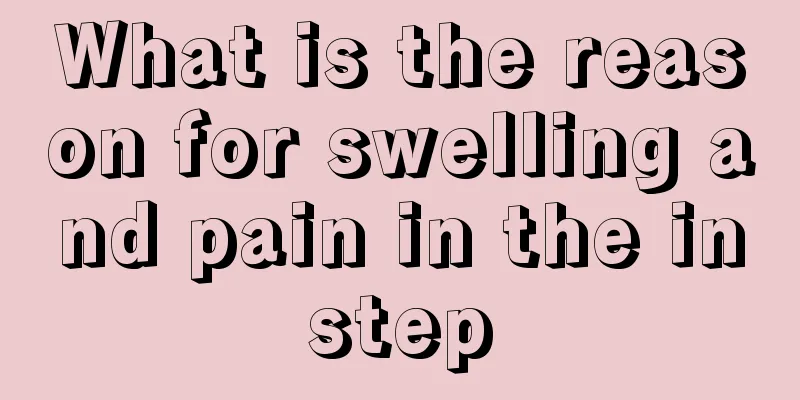Is 80 heartbeats per minute normal?

|
The number of heart beats represents the health of the heart, and the number of heart beats of many people is different due to different physical conditions and ages. Generally speaking, 80 heart beats per minute is quite common for young people, but the normal range is about 60 to 100 heart beats per minute. If a person is older, the heart beat will be slower. Some people with different physical conditions may have a heart beat too fast. Is 80 heart beats per minute normal? The normal pulse rate of an adult at rest is 60-100 beats per minute, which may vary with factors such as age, gender, labor and mood. Generally, women speed up faster than men, young children speed up faster than adults, and the elderly speed up slower. It may speed up temporarily during exercise or emotional excitement, and slow down during rest and sleep. Normal heart rate 1. The heart rate of the elderly is relatively slow, generally 55-78 times. 2. Infants' heartbeats are faster than adults': 110-150 beats per newborn, 85-125 beats per 2-year-old, and 65-105 beats per 4-year-old. 3. For healthy adults, it is 60-100 times. A normal adult beats 70 to 80 times at rest, while women beat slightly faster. 4. Factors that affect heart rate: The same person's heart rate slows down when sleeping or resting, and speeds up when exercising or getting emotional. Certain medications, illnesses, drinks, etc. can increase or decrease your heart rate Adult heart rate over 100 beats Generally, it does not exceed 160 times, and exceeds 150 times in infants and young children, which is called sinus tachycardia. It is common in normal people after exercise, excitement, agitation, smoking, drinking and drinking strong tea; it can also be seen in fever, shock, anemia, hyperthyroidism, heart failure and the use of atropine, epinephrine, ephedrine, etc. If the heart rate is between 160 and 220 beats, it is called paroxysmal tachycardia. Adult heart rate less than 60 beats Generally, a heart rate of more than 40 beats is called sinus bradycardia. It can be seen in people who engage in long-term physical labor and athletes; pathologically, it can be seen in hypothyroidism, increased intracranial pressure, obstructive jaundice, and overdose or poisoning of digitalis, quinidine, or propranolol. If the heart rate is less than 40 beats, atrioventricular block should be considered. Heart rate over 160 beats or less than 40 beats It is mostly seen in patients with heart disease, who often have palpitations, chest tightness, and discomfort in the precordial area. They should be examined early and treated symptomatically. There are exceptions: Some people with a heart rate below 40 beats per minute are very healthy people, those who engage in heavy physical labor and intense exercise for a long time. Their hearts are exercised and their heart rate is much less than that of ordinary people. |
<<: What is luteinizing hormone
>>: The difference between floral water and wind oil
Recommend
Are there any sequelae to sprained ligaments of the foot?
In life, many people have experienced sprained an...
The difference between alum and alum
Alum is a crystal formed by processing and refini...
What foods are good for preventing lung cancer
As for lung cancer prevention, people have differ...
What should I do if my ears are swollen? These swelling reduction measures must be learned
The ears are protrusions that grow on both sides ...
Why can't people with anemia drink milk
Anemia is a common phenomenon in many groups. Thi...
Is it better to use a pregnancy test stick or a pregnancy test paper?
I don’t know whether I am pregnant or not. It’s t...
What are the methods to clean the lungs from tobacco poison
For people who smoke for a long time, the lungs a...
Precautions for preventing rectal cancer
In life, we often have sudden diseases around us....
EBV virus positive
We can judge the outbreak of each disease through...
Is infrared moxibustion instrument useful?
Infrared moxibustion device can make our operatio...
The cure rate of colorectal cancer in young people
What is the cure rate of colorectal cancer? The o...
How to use a simple coffee pot
A coffee pot is a container used to make coffee. ...
What to do if there is rot between toes
In life, many people have experienced ulcers betw...
The harm of ovarian maintenance
The ovaries are a very important part of the fema...
Early detection methods for lung cancer
How to detect lung cancer in the early stage? Lun...









